Table of Contents
ToggleToday, we’ll talk about the Pink Princess Philodendron. This plant is as special as its name. Its dark green leaves with pink spots make it easy to love. But, like all stars, it has needs. Pink Princess Philodendron humidity is at the top of the list.
When I got my Pink Princess, I learned it likes moist air. Without enough humidity, its leaves can curl, turn brown, or grow slowly. Does this sound familiar?
Don’t worry! In this guide, I’ll show you how to manage Pink Princess Philodendron humidity to keep your plant happy.
Why Humidity Matters for the Pink Princess Philodendron?
The Pink Princess Philodendron is a tropical plant. It comes from the rainforests of Central and South America. In the wild, it grows in warm weather with lots of humidity. This is why its leaves are shiny and its pink color is so bright.
When you bring the plant indoors, it can be hard to copy its natural home. You might get the light and temperature right but forget about humidity. I made this mistake at first!
Plants like the Pink Princess need moisture in the air. Humidity helps the plant keep its leaves soft and healthy. It also keeps them from drying out. Without enough humidity, the plant won’t grow well, and you might not notice the problem right away.
Here’s what happens when the air is too dry:
- The edges of the leaves turn brown and crispy.
- The leaves curl up.
- The plant grows slower or stops growing.
- The pink color fades.
- Pests like spider mites can attack your plant because they like dry air.
Humidity is very important for plant care. While we focus on light, water, and soil, humidity quietly helps your Pink Princess stay healthy.
Optimal Humidity Levels for the Pink Princess Philodendron
What is the best humidity level for a Pink Princess Philodendron? You should aim for humidity between 60% and 80%.
In most homes, especially in winter, indoor humidity can drop a lot. When you use heaters, the air becomes dry. If the air stays too dry for a long time, your plant may show stress. In the summer, using an air conditioner can also make the air dry.
Here’s a quick guide for humidity levels:
- Best range: 60% – 80%
- Too low: Below 40% (leaves may dry out and turn brown)
- Too high: Over 80% (risk of mold, root rot, and fungus)
If your home has low humidity, especially in winter, you will need to take extra care of your plant. But don’t worry—I have some easy and helpful tips coming up!
How to Measure Humidity in Your Home?
Before we talk about how to boost humidity, it’s good to know what the humidity is around your plant. A hygrometer helps with this.
A hygrometer is a small tool that shows how much moisture is in the air. You can find digital hygrometers online or at most home stores, and they don’t cost much. I prefer digital ones because they show the humidity levels clearly and quickly.
How to use a hygrometer:
- Put the hygrometer near your Pink Princess to see the humidity in that spot.
- Check the readings during the day, especially in the morning and evening when the air might change.
- If the humidity drops below 40%, it’s time to add more moisture.
With a hygrometer, you can easily decide how to adjust the humidity in your home to keep your plant happy.
Practical Tips to Increase Humidity for Your Pink Princess Philodendron
If the hygrometer shows that the air in your home is too dry for your Pink Princess, don’t worry! There are easy ways to add more moisture to the air without turning your room into a jungle. Here are some methods I’ve used that worked well:
1. Misting
Misting is the first thing most people think of to raise humidity, and it works. It’s fast, simple, and gives your plant a quick humidity boost.
Here’s what I do:
- Use a spray bottle with distilled water. Tap water can leave marks on the leaves.
- Lightly mist the leaves of your Pink Princess in the morning, so they dry by evening. This stops mold or fungus from growing.
- Don’t soak the plant. A light mist is enough.
Tip: Misting is a good short-term fix, but it won’t keep the air moist for long. You’ll need other methods if your home is very dry.
2. Grouping Plants Together
This is one of my favorite tricks because it’s easy and works well. Plants release water into the air, which raises humidity around them. When you group plants together, they create a small space with more moisture than the rest of the room.
If you have other tropical plants, like a Monstera or Fiddle Leaf Fig, try placing them near your Pink Princess. It looks great and helps keep the air moist.
3. Using a Humidifier
A humidifier is the best way to keep humidity high for your plants. If your home is very dry, a humidifier can make a big difference.
There are many types of humidifiers, but I suggest a cool mist one for plants. They work well, are cheap, and easy to use.
Here’s how to use it:
- Place the humidifier near your Pink Princess, but not too close. You don’t want the plant to get too wet.
- Run the humidifier during the day or night, depending on how dry the air is.
- Clean your humidifier often to stop mold from growing.
I’ve found that using a humidifier in winter really helps my plants, especially my Pink Princess. No more dry leaf tips!
4. Humidity Trays
Another easy way to raise humidity is to use a humidity tray. These are shallow trays with water and pebbles that your plant sits on. As the water dries up, it adds moisture to the air around your plant.
Here’s how to set it up:
- Get a shallow tray, like a saucer or dish.
- Fill the tray with pebbles or small rocks.
- Add water to the tray, just enough to cover the bottom but not enough to touch the pot.
- Place your Pink Princess on the tray, making sure the pot stays above the water.
This method adds humidity around the plant, and you can use it with other techniques too.
5. Moving to Naturally Humid Areas (Like Bathrooms)
If your bathroom gets a lot of natural light, it might be a great place for your Pink Princess plant. Bathrooms are often more humid because of shower steam, and tropical plants love that. But make sure there is enough light for your plant to grow. Pink Princess plants need bright, but not direct, light to stay healthy.
Signs Your Pink Princess Philodendron is Getting Too Much or Too Little Humidity
If your Pink Princess plant doesn’t get the right humidity, it will show signs. The hard part is telling if it’s too much or too little. Here’s how to know:
Too Little Humidity:
- Brown or crispy leaf edges: When the air is too dry, the leaf edges turn brown and crispy.
- Curling leaves: If the leaves curl inward, it means the plant is saving water because the air is too dry.
- Slow growth: Without enough moisture, the plant will stop growing new leaves or grow slowly.
- Faded colors: The bright pink color will fade when there isn’t enough moisture.
Too Much Humidity:
- Yellow leaves: When the air is too wet, the leaves may turn yellow.
- Mold or fungus: Too much humidity can cause mold to grow on the soil or plant.
- Root rot: If the air is too wet, the plant’s roots may rot, which can kill the plant.
The key is balance. Tropical plants like steady moisture. Keep the air between 60-80% humidity. If you see these signs, change how you add humidity.
Seasonal Considerations: Managing Humidity in Winter and Summer
Humidity changes with the seasons, so you should change how you care for your plant. If you live in a place with clear seasons, you’ll notice your indoor humidity goes up in the summer and down in the winter.
Winter Challenges
In winter, heating systems make the air very dry. In my home, humidity can drop to 30% or lower. This is too dry for the Pink Princess plant. If you live in a cold place, you may have this problem too.
Here’s what I do to fix low humidity in winter:
- Run a humidifier: I use my humidifier more often in winter. Sometimes, I keep it on all day to keep the right humidity.
- Move plants away from heaters: Keep plants away from heaters like radiators or vents. They can dry out the leaves faster.
- Use a humidity tray or group plants: These tricks add moisture to the air without using a humidifier.
Summer Challenges
In summer, if you live in a hot, humid place, you might have too much humidity. If the air is too wet, your plant could get mold, fungus, or root rot.
To stop this, I make sure my Pink Princess has lots of airflow. I also stop misting as much and move my plants out of damp areas.
If you use air conditioning in summer, it can dry out the air like a heater does. So, check the humidity and change things as needed.
Tools and Products to Help Maintain Humidity for Your Philodendron
There are a few simple tools that make managing humidity easier. Here are my favorite products for keeping my Pink Princess healthy:
Humidifiers
A humidifier is the best way to raise humidity, especially in dry months. Here are two great models:
- Levoit Classic 100: A small, cool mist humidifier that’s good for plants.
- TaoTronics Cool Mist Humidifier: This one has adjustable mist settings and runs for up to 24 hours.
Hygrometers
To manage humidity, you need to know the levels. A hygrometer tells you this. I like digital ones like the ThermoPro TP50. It gives a clear and accurate reading.
Plant Care Accessories
- Misting bottles: A spray bottle to mist your plants.
- Humidity trays: You can buy one or make your own with a shallow dish and pebbles.
- Fans: Small fans help with airflow and stop mold in humid spots.
Creating the Perfect Indoor Environment for Your Pink Princess Philodendron
Humidity is only one part of keeping your Pink Princess happy. Here’s how to make the best indoor space for your plant:
Light
Your Pink Princess needs bright, indirect light to grow well. Too much direct sunlight can burn the leaves. If it doesn’t get enough light, the pink color may fade. I keep mine by an east- or west-facing window with filtered light.
Temperature
The best temperature for your Pink Princess is between 65-80°F (18-27°C). Avoid sudden changes, drafts, or placing your plant near heaters or air conditioners. These can cause stress.
Airflow
Good airflow is important, especially when raising humidity. Stale air can cause mold or rot. Use a small fan to keep the air moving around your plant.
Common Mistakes to Avoid When Managing Humidity for Your Pink Princess Philodendron
Even with good intentions, it’s easy to make mistakes when managing humidity. Here are some common things to watch out for:
Too Much Misting
Misting can help, but doing it too much can cause problems. If the leaves stay wet for too long, mold or fungus might grow.
Forgetting About the Seasons
Humidity changes during the year. Just because your plant is happy in summer doesn’t mean it will be okay in winter. Check the humidity often, especially when the seasons change.
Changing Humidity Levels
Tropical plants like steady humidity. Big changes can stress your Pink Princess. Try to keep the levels stable, and make small changes when needed.
Conclusion
The Pink Princess Philodendron is one of the most beautiful plants you can have. Like all tropical plants, it needs the right care to grow well. Humidity is very important to keep its leaves healthy and prevent browning or curling.
You can use misting, humidifiers, humidity trays, and watch for seasonal changes to create the best conditions for your plant. Remember, balance is key. Try to keep the humidity between 60-80% and adjust as needed.
If you have questions or want more tips to care for your Pink Princess, leave a comment or reach out! I’d love to help with your plant care journey.
What is the best humidity for a Pink Princess Philodendron?
The best humidity for a Pink Princess Philodendron is between 60% and 80%. This matches its tropical environment and helps keep its leaves healthy and colorful.
How can I raise humidity for my Pink Princess Philodendron indoors?
You can raise humidity by using a humidifier, grouping plants, misting the leaves, or using humidity trays with water and pebbles. Placing it in a bathroom with light also helps.
What happens if my Pink Princess Philodendron doesn’t get enough humidity?
If there isn’t enough humidity, the plant’s leaves may turn brown, curl, grow slower, or lose their pink color. Dry air can also attract pests like spider mites.
How can I tell if my Pink Princess Philodendron is getting too much humidity?
Too much humidity can cause yellow leaves, mold, or fungus. It may also lead to root rot. It’s important to keep balanced humidity and ensure the plant has good airflow.
Is misting enough to keep the right humidity for my Pink Princess Philodendron?
Misting gives a quick boost but won’t keep the humidity high for long. It’s best to use misting along with other methods like a humidifier or humidity trays for better results.
Related
Discover more from Pink Philodendron
Subscribe to get the latest posts sent to your email.

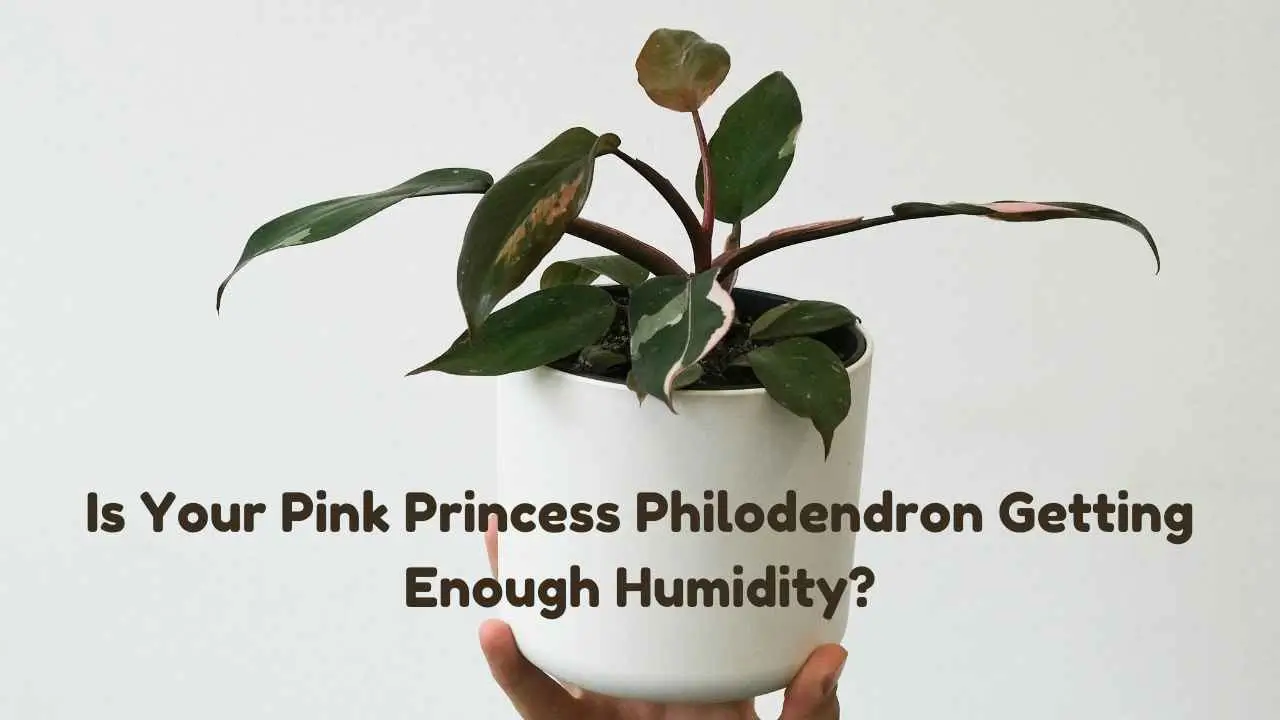
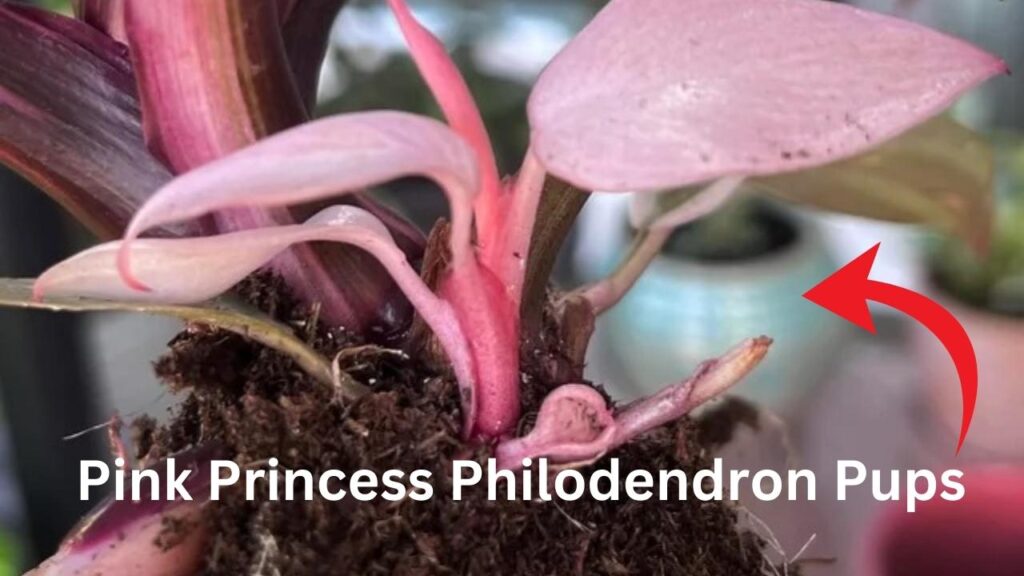







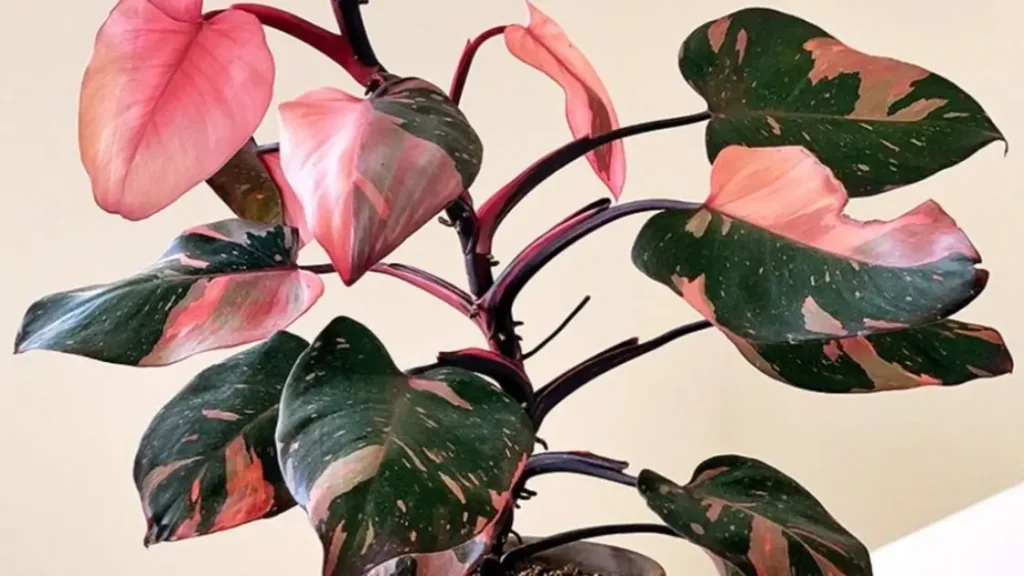

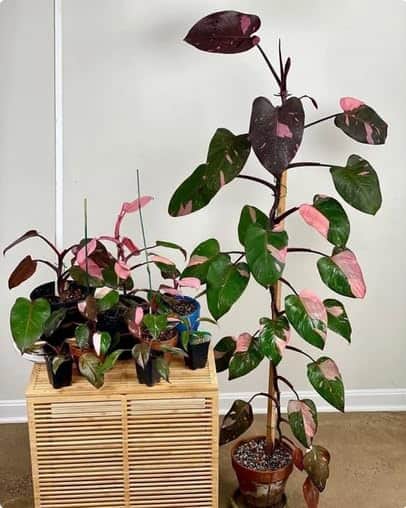
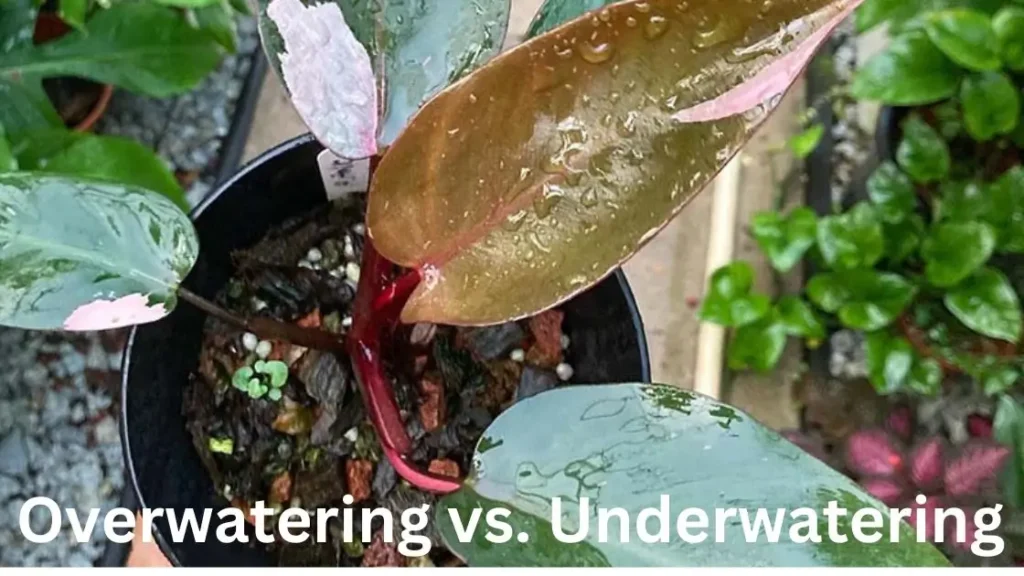
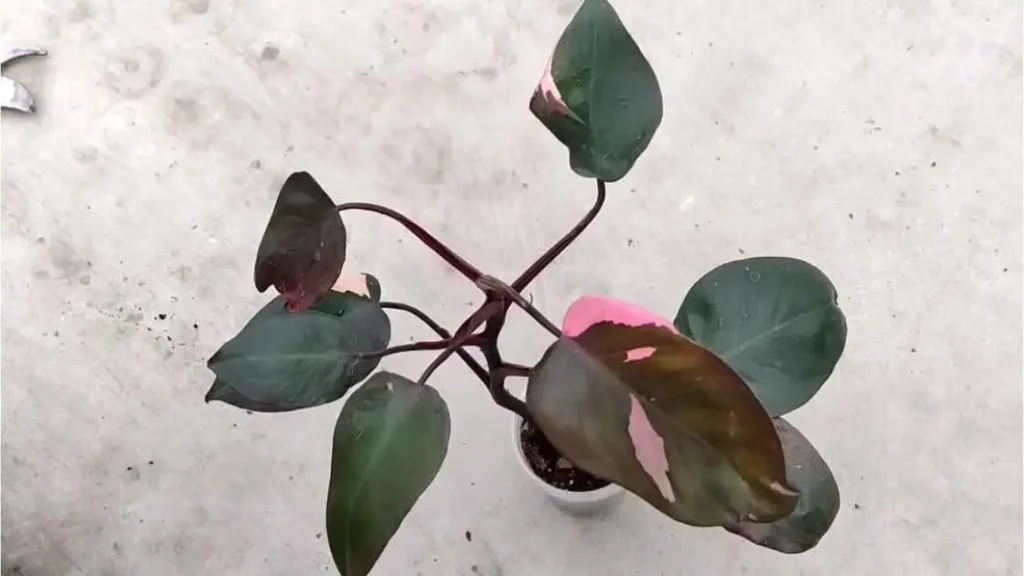


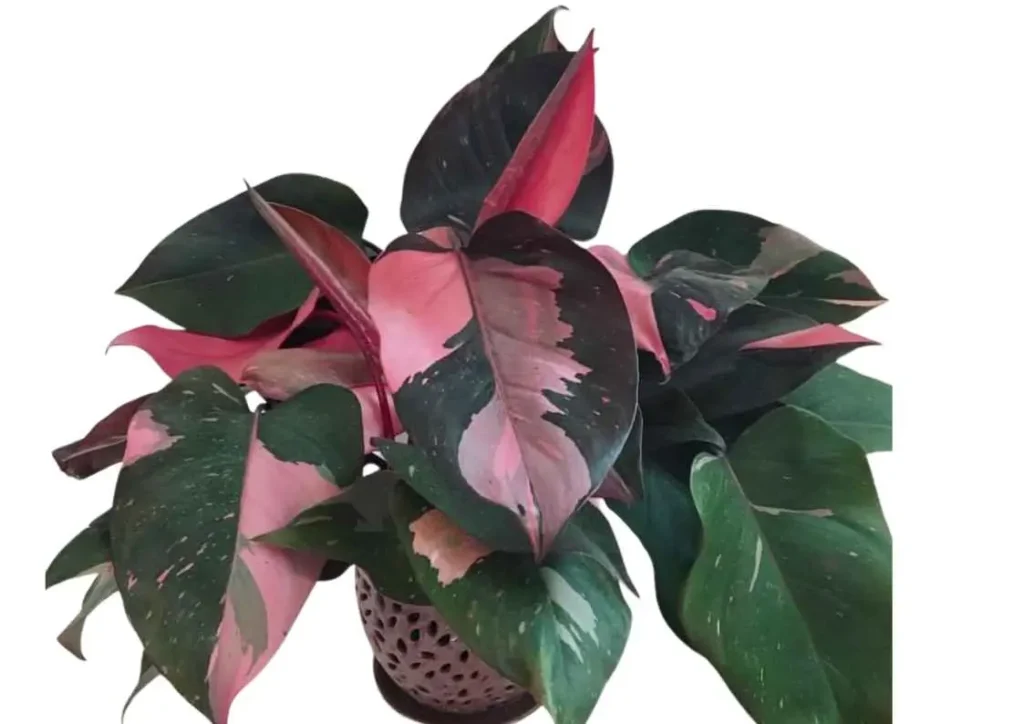







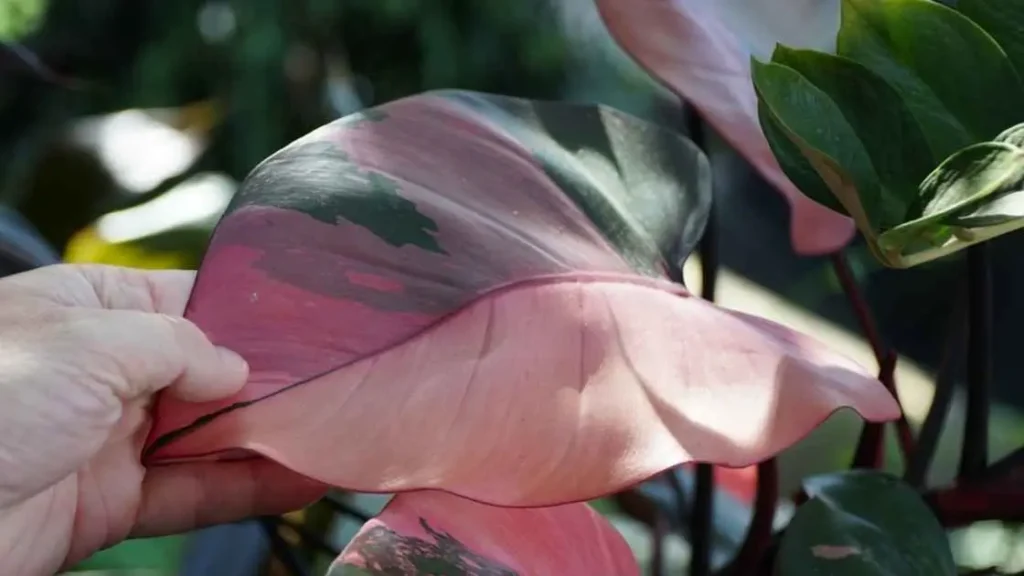






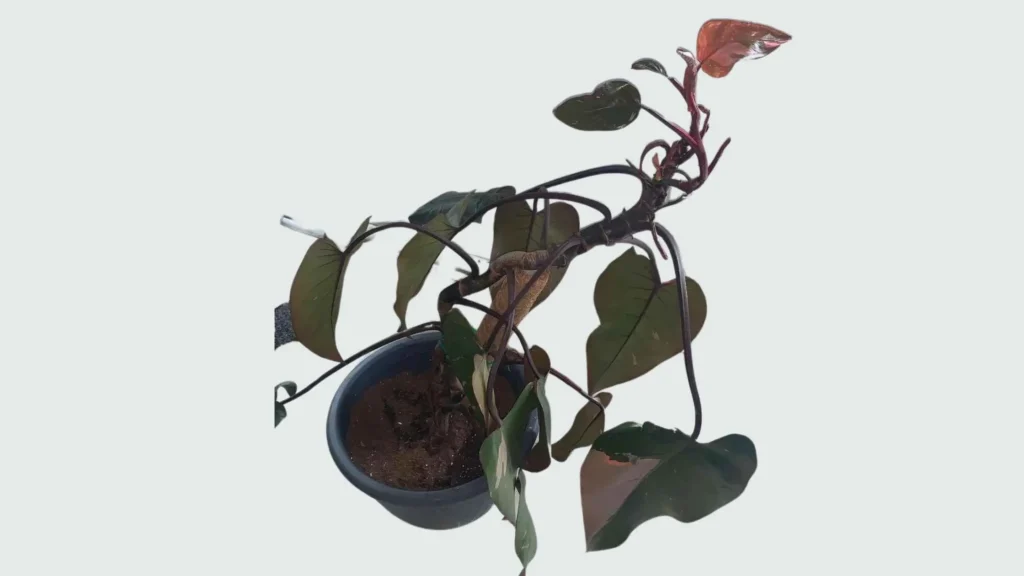

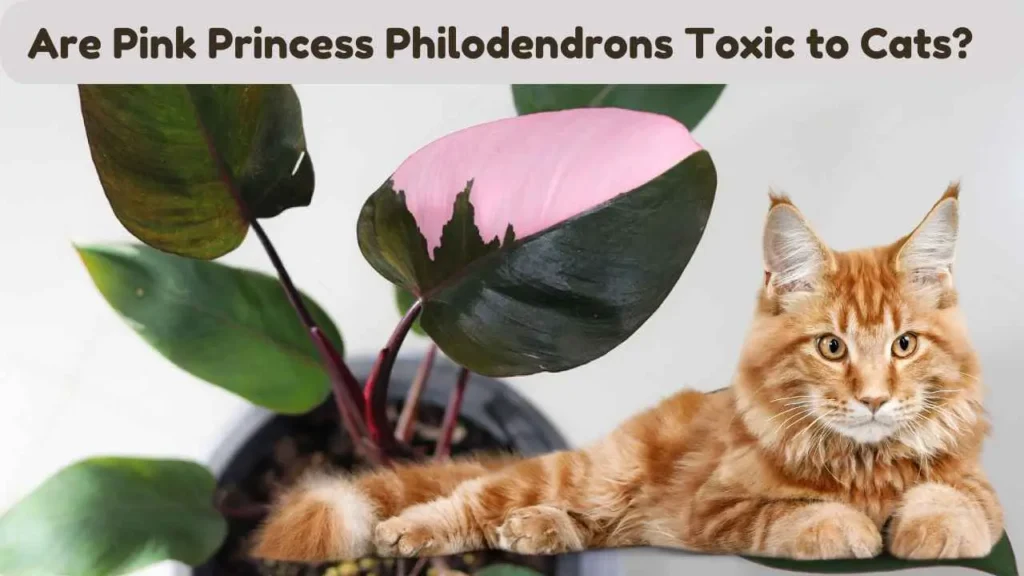







3 thoughts on “Pink Princess Philodendron Humidity | How to Achieve the Perfect Moisture for Healthy, Vibrant Growth”